The official religion of Malaysia is Islam, and is practised by the majority of Malays, and a portion of the Indian community. Under the constitution, other races are free to profess and practice any religion in an atmosphere of acceptance and tolerance. Some of the other main religions include Buddhism, Hinduism, Sikhism and Christianity. Because of this multicultural heritage, many religious festivals are also public holidays and are celebrated nationwide regardless of race or belief.
There are many fascinating observances in this culturally-rich land of different ethnic and religious backgrounds. Many of these religious and cultural festivals do not have fixed dates as Christmas does since they follow different calendars, like the lunar or Islamic calender. This means that the dates on in the commonGregorian calendars differs from year to year.
Religious festivals and celebrations
1. Hari Raya Aidil Fitri
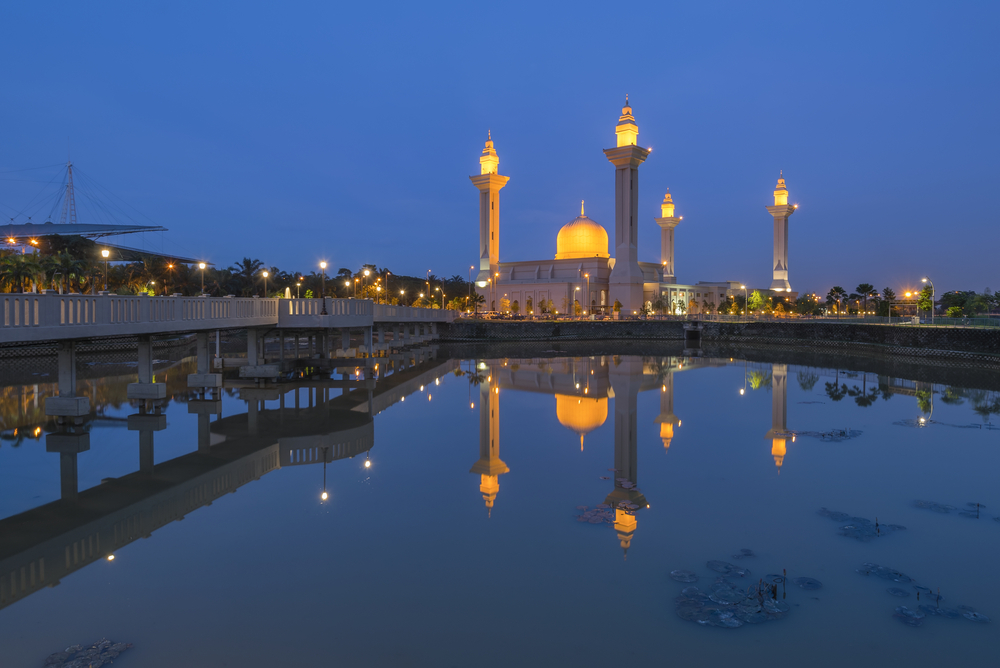
Hari Raya Aidilfitri is the most joyful of Muslim celebrations celebrated after Ramadhan, the fasting month. This is a time when Muslims working in major towns and cities make an exodus for their kampung or villages. Special prayers are held in mosques and it is a season when Muslims ask for forgiveness from their family members and friends. There’s plenty of house-visits and feasting that will happen during this month long celebration.
Malaysians have this great tradition called ‘open house’, a warm showing of what is known as Malaysian hospitality. Doors are opened to friends and family to come together and celebrate. There’s usually plenty of traditional Malay food and desserts to be had.
During this time, many citizens will also be able to meet the King and Queen of Malaysia personally at their royal open house. This is your chance to shake hands with them, as well as take pictures (and gawk) at the Istana Negara (the Royal palace) – the official residence of the King. Do drop in as well to the Prime Minister’s official abode at Seri Perdana in Jalan Damansara. But please be warned – the queue could stretch for miles! But it is an experience not to be missed.
Just remember to wish them Selamat Hari Raya and enjoy the glorious feast prepared for this celebration. Dress code for those who wish to pay their respects to the King and the Prime Minister is either formal, smart casual or long-sleeved batik.
See also: The Spirit of Hari Raya Aidilfitri
2. Thaipusam
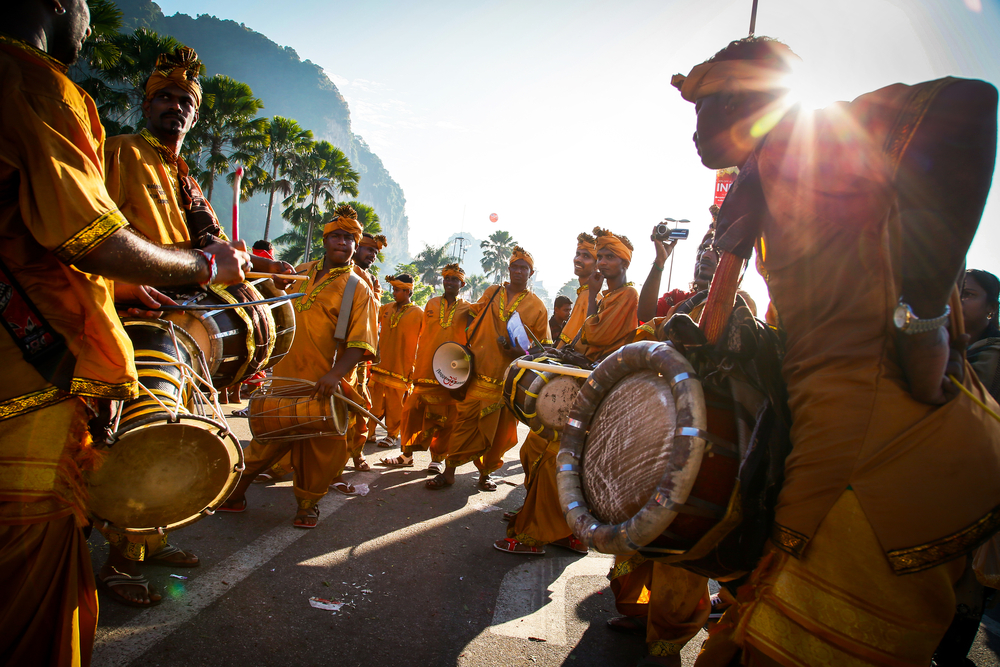
This is one of the most colourful Hindu festivals in Malaysia. Although a religious festival, its gaiety sometimes reminds one of the “Mardi Gras” in Rio De Janeiro. It is said that on this day, the stars, Pusan and Brihaspati, are united into one. The Hindus believe that by celebrating Thaipusam, they are cleansed from all sins and that their sins can be redeemed in many ways.
Thaipusam is celebrated in honour of Lord Muruga, a popular Hindu deity. Since the traditional abode of Lord Muruga is the hill, the celebration is held in hilly areas. The festival is celebrated on a grand scale at Batu Caves in Selangor or the Waterfall Temple in Penang. Before the actual day, Hindus taking part in the ceremony prepare themselves by fasting, dieting on certain food and maintaining self-discipline.
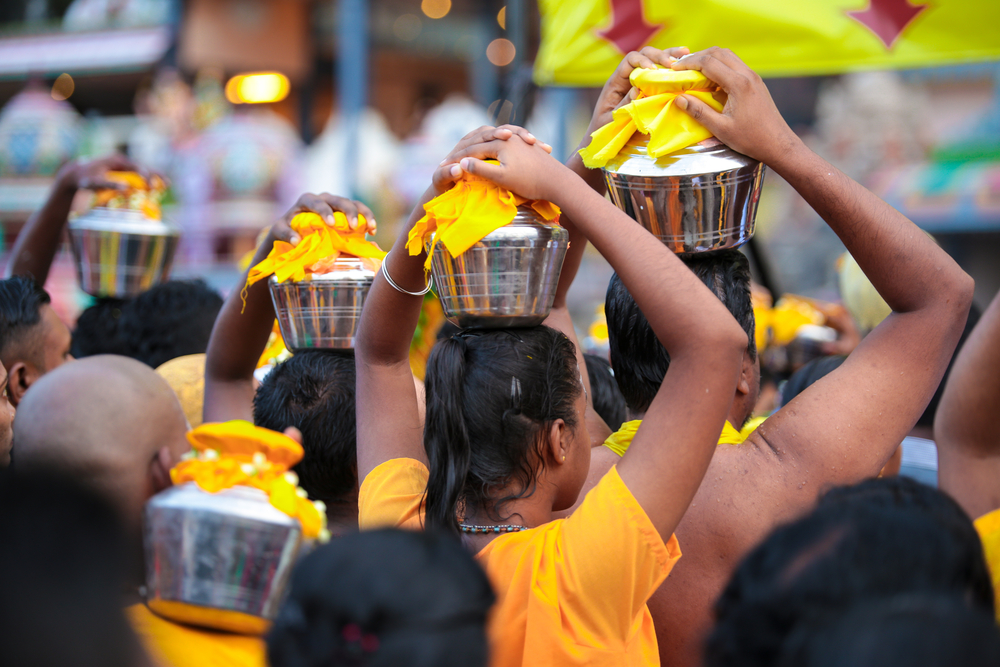
On the eve of the festival, the bejewelled image of Lord Muruga is taken on a grand procession in a silver chariot from the Sri Maha Mariamman temple in Jalan Bandar in Kuala Lumpur to Batu Caves where it is placed in the temple area. In an atmosphere electric with drumming and chanting, holy water is sprinkled on the deity’s route and thousands of fresh coconuts are smashed, symbolizing the washing away of sins.
Thousands of devotees converge on the temple grounds to pay hommage to Lord Muruga including penitents who carry ‘kavadis’ (ornate frames supported by metal spikes inserted in the bearer’s body) and chant their way up the 272 steps of Batu Caves in fulfilment of their vows for favours received. It is amazing to watch the ease with which the penitents carry the gaily decorated wooden or steel yoke anchored by hooked pierced into their body, with their tongues and cheeks also skewered with long metal needles – all without spilling a single drop of blood!
See also: Thaipusam
3. Hari Raya Aidil Adha
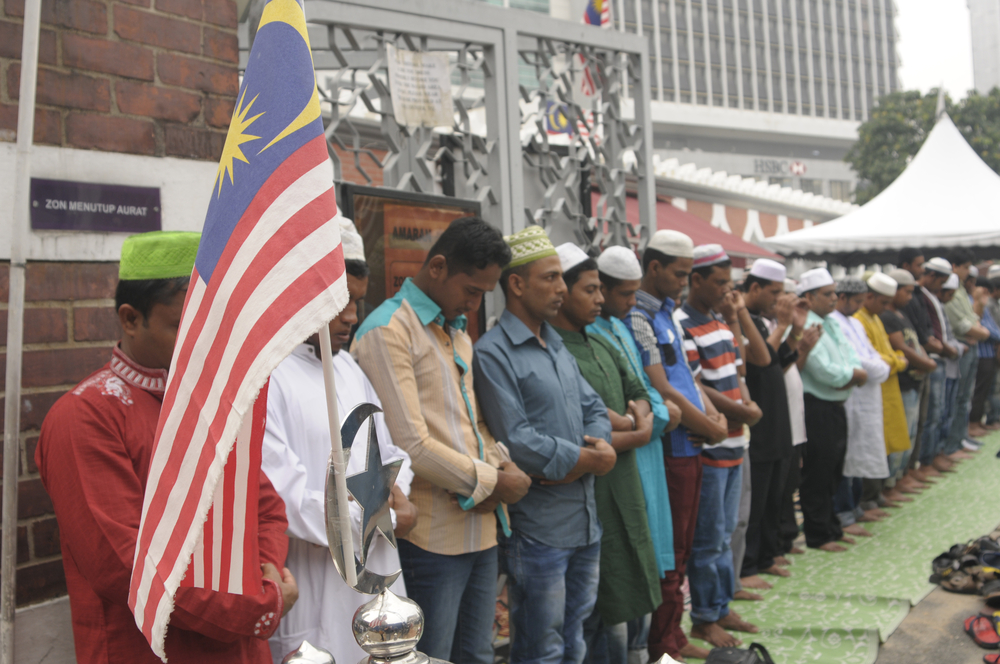
Hari Raya Aidil Adha, or better known as Hari Raya Haji, is actually the most significant religious celebration for Muslims. It marks the end of the annual pilgrimmage, or Haj, to the Holy City of Mecca, one of the Five Pillars of Islam, which all able-bodied Muslims are asked to perform at least once in their lifetime.
Hari Raya Aidil Adha is based on the concept of sacrifice, and it is during this occasion that Muslims all over the world are encouraged by their religion to slaughter cattle, sheep or goats as a token sacrifice – symbolic of bigger sacrifices they are asked to uphold the sanctity of their religion. The sacrificing of animals is why many Malaysians also refer to this day as Hari Raya Qurban – the arabic word for offering.
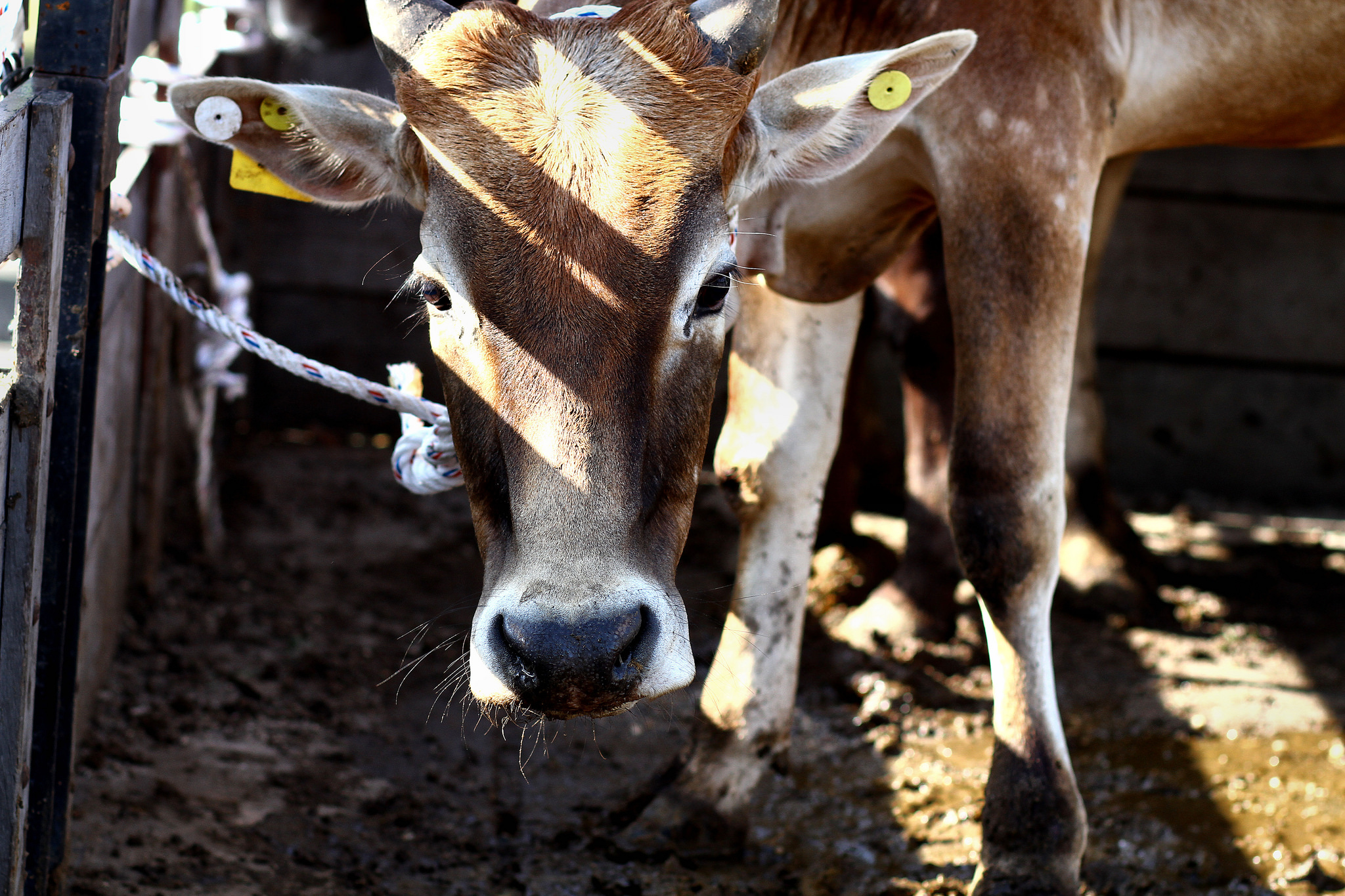
Sacrifices of cattle or goats are made to commemorate Prophet Abraham’s test of faith by God when he was asked to sacrifice his son. The meat from the sacrifices is distributed to the poor and needy. Special prayers and sermons are held at mosques in conjunction with the occasion.
Unlike Hari Raya Aidil Fitri, Aidil Adha is not marked by the holding of “open houses” but is more of a solemn religious occasion. But like Hari Raya Aidilfitri, most Muslims make it a point to return to their home town for the celebration.
4. Wesak Day
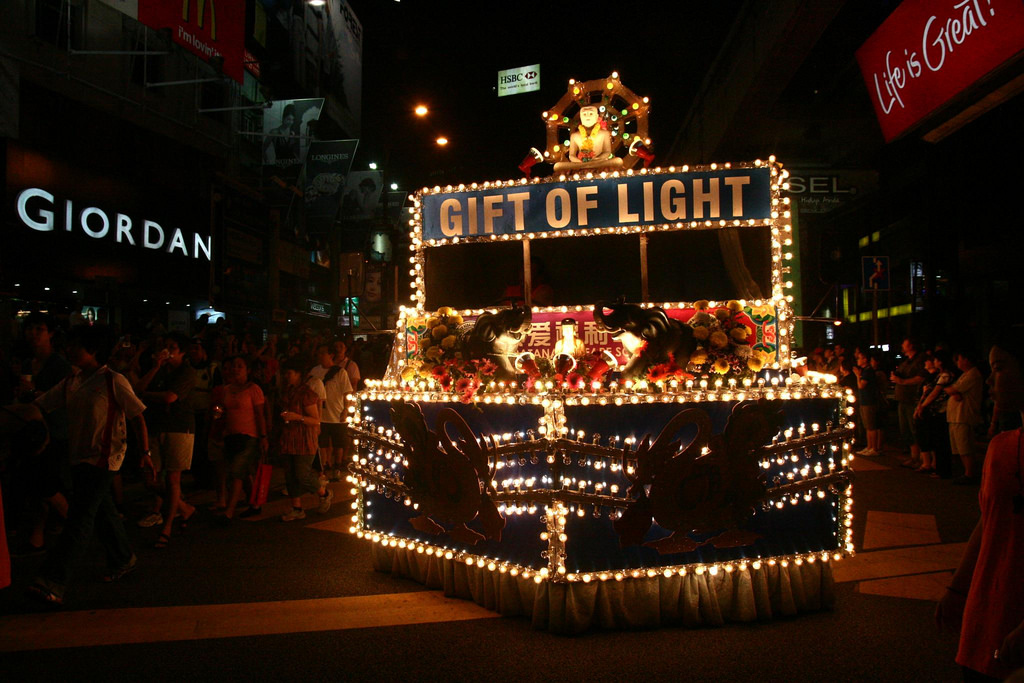
Wesak is celebrated by Buddhists to commemorate the birth, enlightenment and death of Buddha – all three events having taken place on the same lunar date according to Buddhist reckoning. Buddhists observe a vegetarian diet to ‘cleanse’ themselves prior to the occasion. Thousands of devotees gather before dawn at temples for prayers, offerings, meditation, chanting and alms giving. Doves and tortoises are also released in a symbolic gesture of liberating the soul and forsaking past sins.
See also: Everything you need to know about Wesak Day
5. Prophet Muhammad’s Birthday
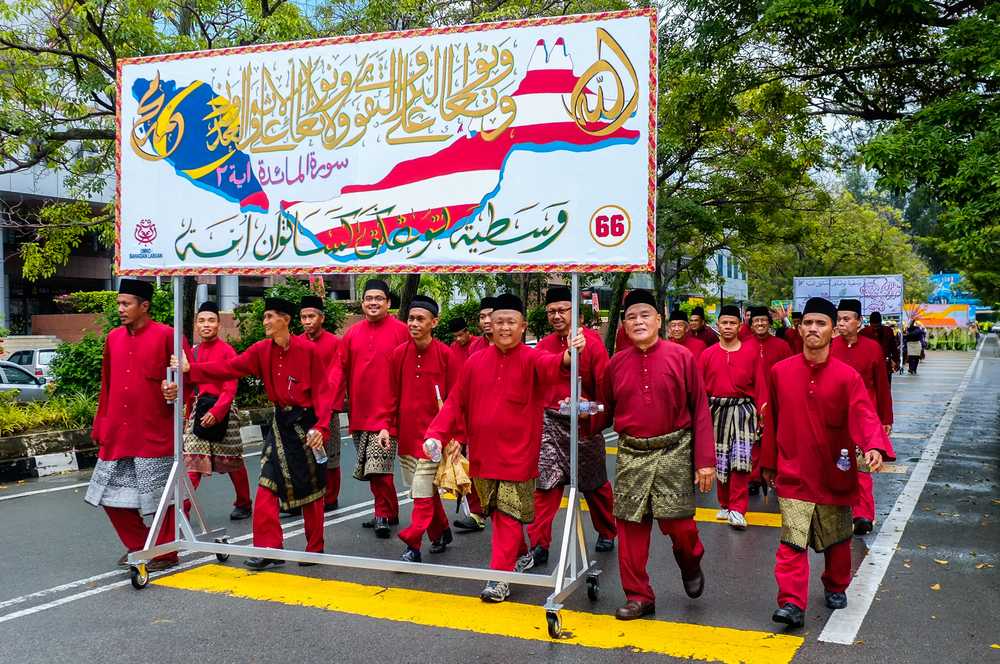
The birthday of the Prophet Muhammad or Maulidur Rasul is an important event in the Muslim calendar marked by processions to demonstrate solidarity of believers. Prayers, sermons and religious discussions are held at this time to strengthen the faith and consolidate the spirit of the Muslim community.
6. Deepavali
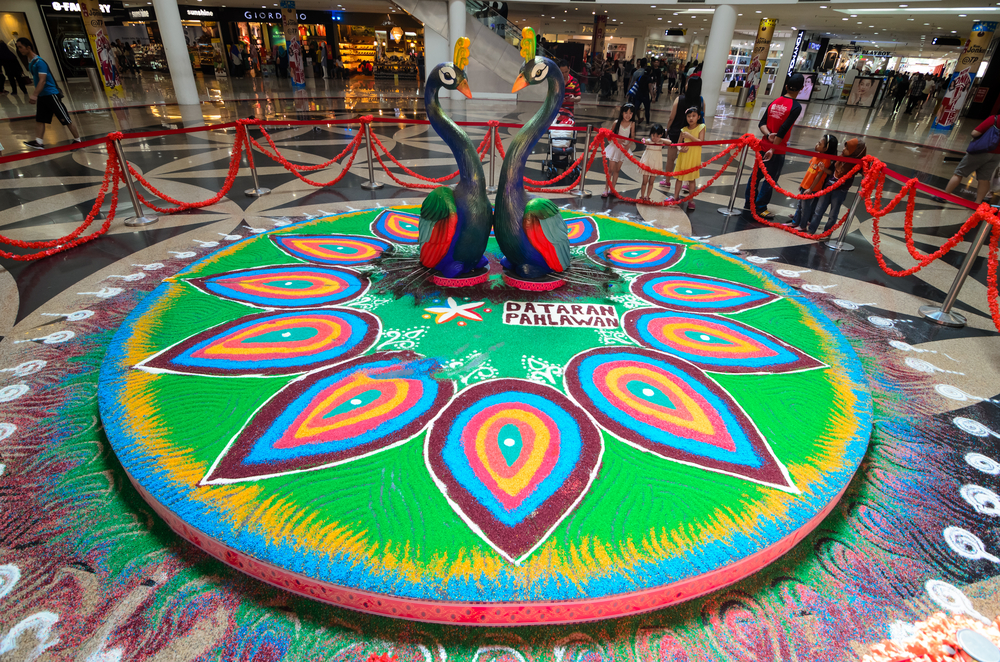
For the Hindus, Deepavali or the Festival of Lights signifies the triumph of good over evil. Homes of Hindus are lit with lights to signify the victory over darkness. Also, colourful rice-paintings known as Kolam are made in the front of each home to bring prosperity and success. These ‘paintings’ are made with coloured rice in various designs and decorated with candles and small lamps.
On the eve of Deepavali, prayers are held both at home and in the temple. Traditional Hindus start the day by having an oil bath before sunrise, praying at home and burning incense before going to the temple. A show of respect to the elder members of the family is followed by open houses for relatives and friends, where a wide variety of delicious traditional Indian delicacies are served.
See also: A Time of Celebrations!
7. Christmas
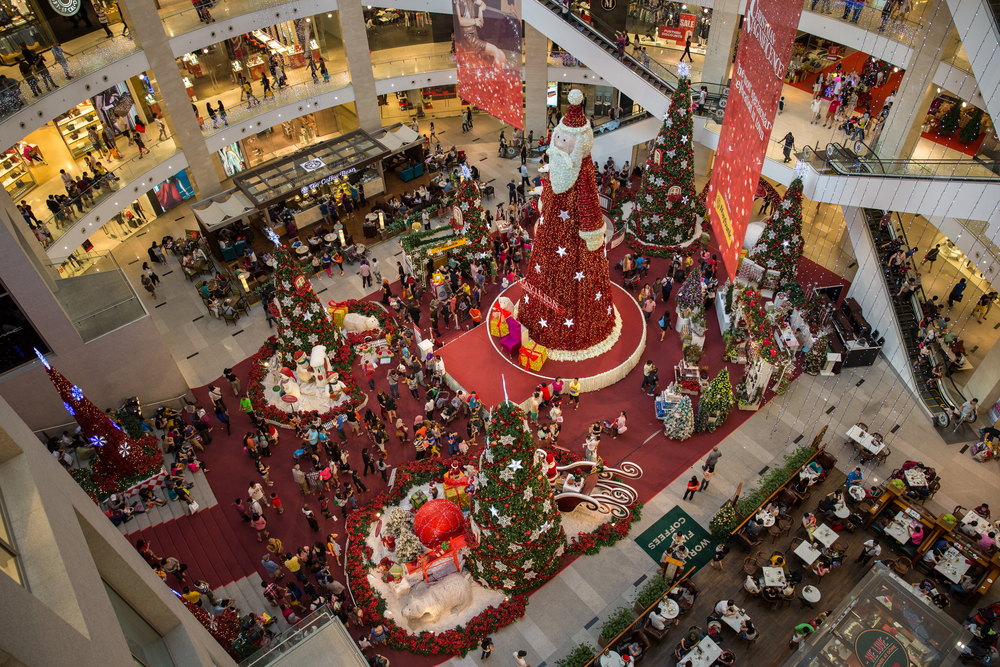
While their western counterparts regard Christmas more as a family affair, Malaysian Christians celebrate this occasion with family as well as friends. Christmas is another time of year when many people hold open houses to celebrate this occasion with the rest of the community, regardless of religion. It’s a merry affair.
There is much joy and gaiety as Christians celebrate the birth of Christ with parties, carolling and evening mass. Streets, hotels and shopping complexes are decorated with brilliant lights and ornaments to create a yuletide atmosphere – the Malaysian way. The spirit of giving extends beyond homes and individuals as hotels, shopping complexes and corporate companies hold concerts and shows as well as organise charity drives.
See also: 7 Tips on How to Celebrate Christmas in Malaysia
Cultural festivals and celebrations
8. Chinese New Year
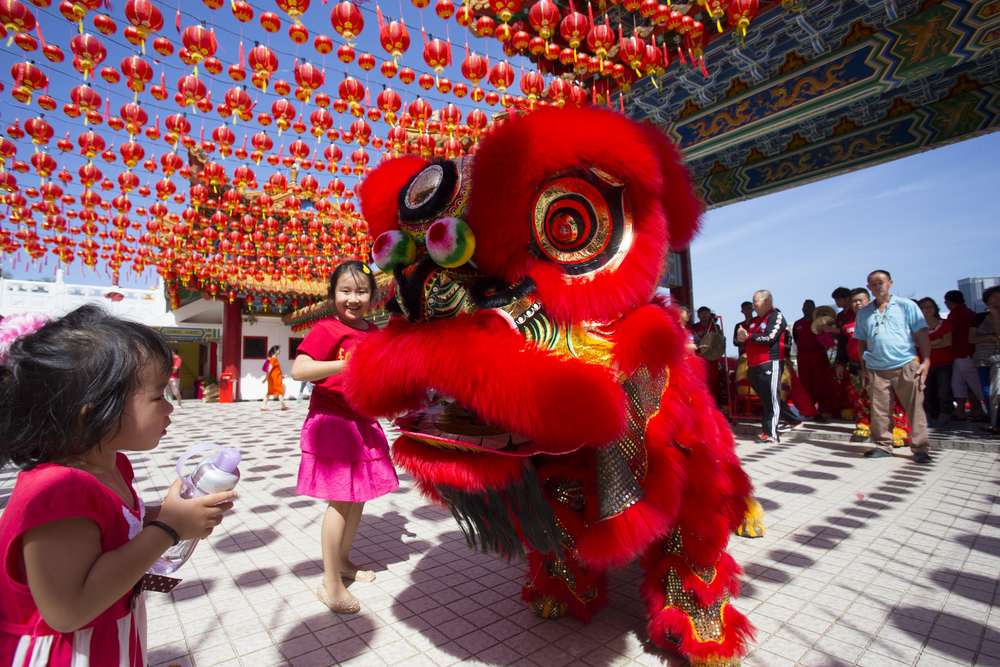
This is a major cultural festival in the Chinese community. During this time it is no uncommon to see almost all Chinese businesses close for several days, even in malls. The festival begins with a reunion dinner on New Year’s Eve that is traditionally attended by every member of the family.
The Lunar New Year is the time when spirits are appeased and offerings are made to the gods. During the joyous occasion, no member of a Chinese household is allowed to clean the house as spring cleaning is done during the last seven days of the old year. Brooms are stored away as the Chinese believe that sweeping the floor during the new year would mean sweeping away the good luck from the household.
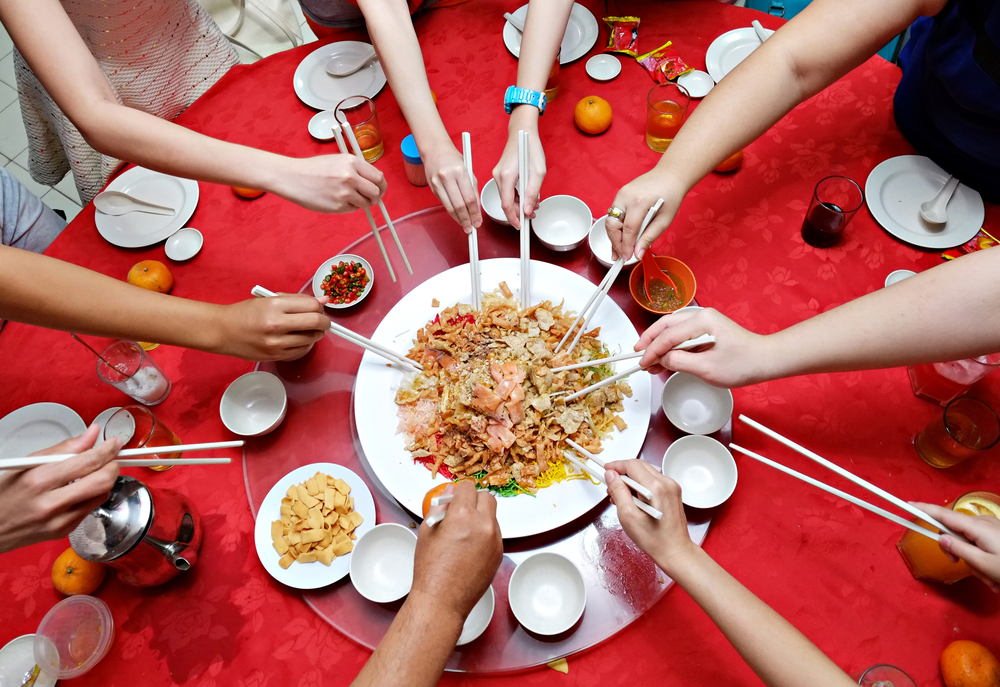
The Chinese New Year celebration lasts for 15 days beginning from the first day of the Chinese lunar calendar. A visit to the temple to seek the blessings of the God of Prosperity and giving of ‘ang pow’ or red packets containing money by parents to their children or among relatives and well wishers are also the order of the day. This practice coupled with the giving away of mandarin oranges is intended as a symbol of prosperity and good luck for the recipients.
Open houses are also held during this happy celebration with lion dance performances as well. If you are in Kuala Lumpur at this time drop in at two major open houses held by two main political Chinese parties in Malaysia – the Malaysian Chinese Association (MCA) and Parti Gerakan. You will get the chance to meet most of Malaysias’s top Chinese politicians and leaders.
And remember red is the colour of the day. Red is most auspicious because it symbolises luck and prosperity. Don’t wear black because it is usually associated with mourning.
See also: Chinese New Year in Malaysia
9. Sabah Ka’amatan Festival
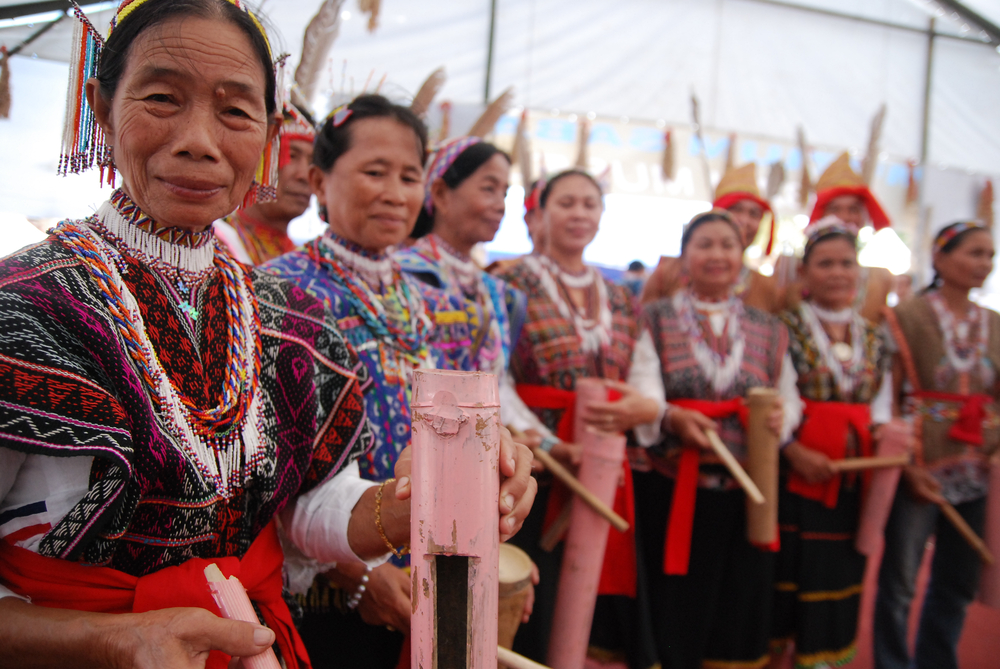
Known locally as Tadau Ka’amatan (Harvest Festival), this native festival of the Kadazan-Dusun, the largest ethnic group in Sabah is the grandest in the state. The annual festival in May is a timeless tradition in honour of Bambaazon, the spirit of the rice padi.
The Kadazan-Dusun community believes that his spirit is responsible for the growth and well-being of the padi plant, offering protection from natural hazards to usher in a season of bountiful harvest for their staple food. Ancient traditions, rites and customs are the order of the day.
Padi farmers from all over Sabah lay down their tools and converge in selected venues in the various districts to celebrate the festival. The highlight of the festival is usually held at the Hongkod Koisaan, the headquarters of the Kadazan-Dusun Cultural Organisation situated 8km from Kota Kinabalu, the state capital. Here for two days, cultural troupes from all over the state perform traditional sports like arm wrestling, blowpipe shooting, catapult contests and relay racing with sticks.
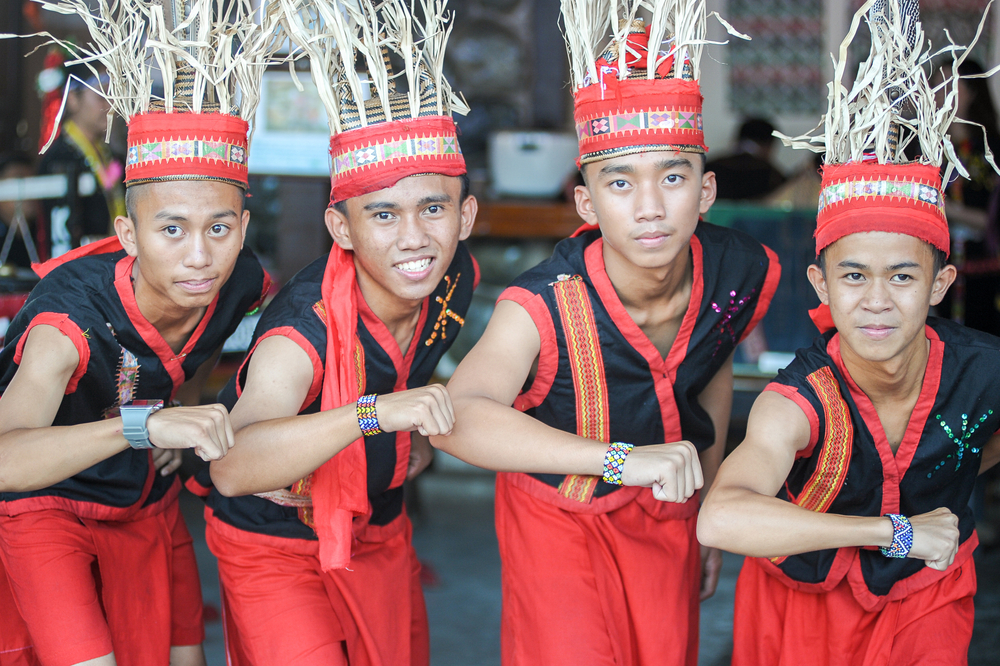
The ‘Magavau’, a cleansing and blessing ritual performed by the Bobohizan or high priestess, will keep you spellbound. In recent years, the harvest Festival has undergone some modification from its traditional rituals of appeasing the spirits to include additional events such as a Beauty Queen Contest, usually participated by some of the most beautiful Kadazan maidens.
During the festival, ‘tapai’, the intoxicating local rice wine or brew flows freely. Being the staple food and the main ingredient of ‘tapai’, rice is treated by the Kadazan-Dusun community with a respect which borders reverence.
10. Sarawak Gawai Festival

The Gawai Festival or Harvest Festival in Sarawak also marks the culmination of the harvest celebration. The official date is June 1 but the celebration is on for a whole month. It is an occasion when the Dayak race renew their friendship, forget their worries of the past year and make amends for old quarrels. It is an opportunity for new friendships, family reunions and to pay respects to the elders and the departed.
The ‘Miring’ or ceremonial offering is especially fascinating. In this religious ritual, the Dayaks together with their guests would participate by placing several different kinds of foodstuff and ‘tuak’ (local rice wine), on plates as an offering to the gods. A special poem for the occasion is then recited and a cockerel is sacrificed.
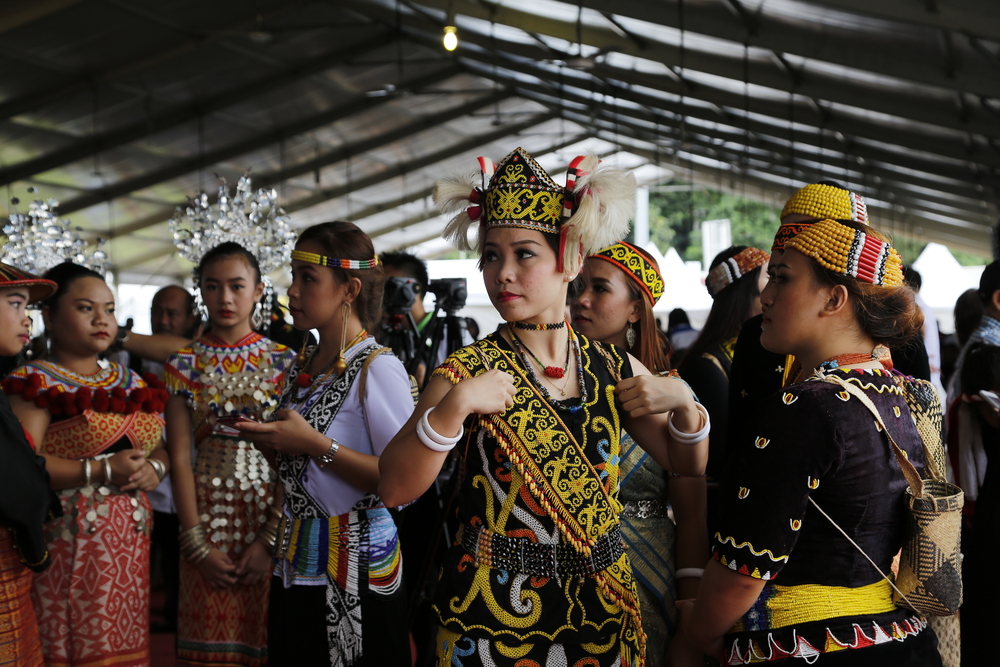
Once the offering ceremony is over, the main celebration begins. It is best to watch this celebration at a longhouse, the traditional home of the community – sometimes 40 families living under one roof! – where there is virtually non-stop feasting, dancing and merry making, and of course the ‘tuak’ flows just as freely too. ‘Tuak’ consumed in abundance can knock you out flat without any warning.
In the city of Kuching there are a lot of festivities going on – including a beauty pageant and cultural performances at the Sarawak Cultural Village. Holding an open house is also the order of the day.
11. National Day
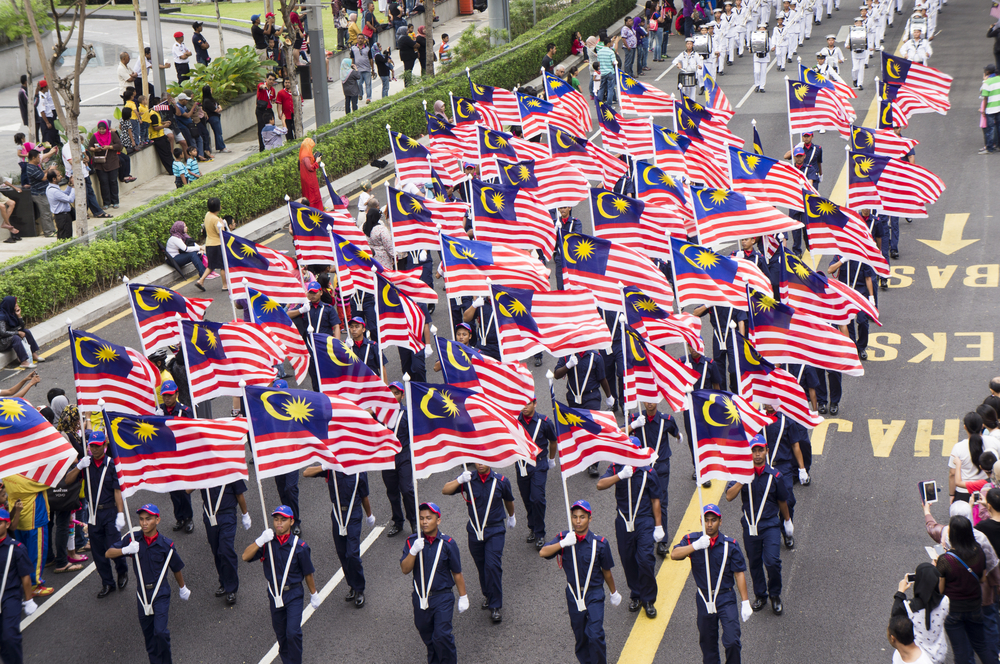
Malaysia’s National Day is celebrated on 31st of August in a show of patriotism, unity and rejoicing by Malaysians of all races and creeds. A spectacular parade is held in the morning at the Merdeka Square in Kuala Lumpur to mark the occasion. His Majesty the King and government leaders are joined by a mammoth crowd in witnessing the parade. The ‘Jalur Gemilang’ (Malaysian flag) is proudly flown at office buildings, private homes and on vehicles. Stage shows, competitions and exhibitions are held in the various states.
See also: Merdeka Malaysia
12. Hungry Ghost and Mooncake Festival
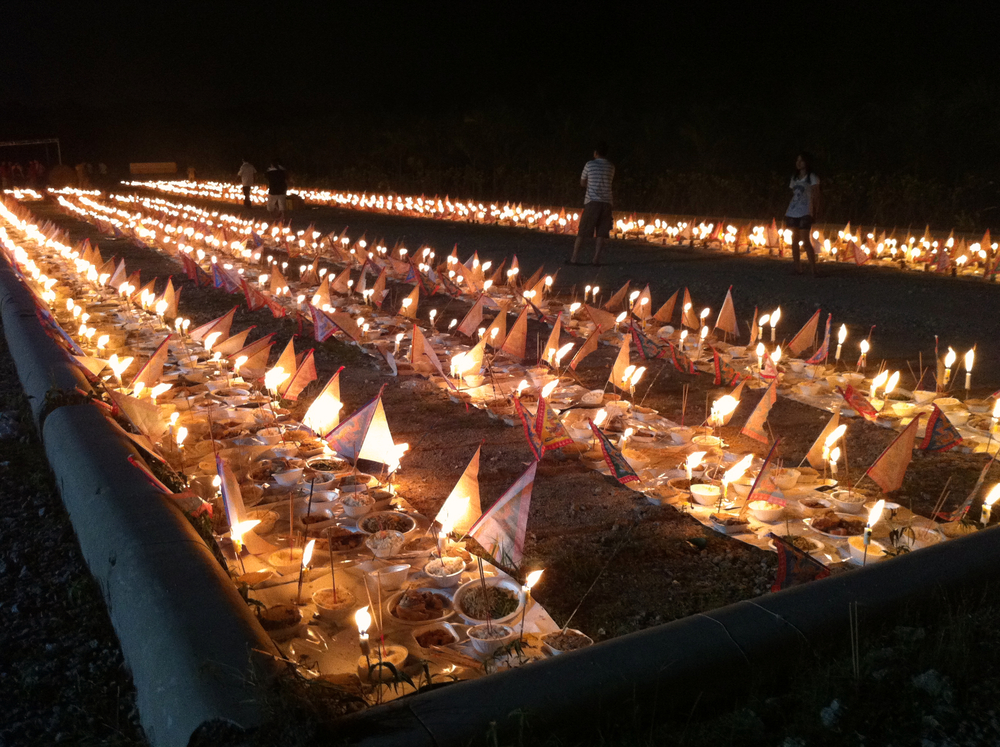
The event, also known as the Mid-Autumn Festival, is celebrated on the 15th day of the eighth moon (August/September) with colourful lantern processions and the partaking of mooncakes. The festival took hold and became popular during the early Tang Dynasty in China, some 1,500 years ago.
Associated with a time of harvest and preparation for colder months, the Mid-Autumn Festival is also strongly linked to the legend of Houyi, a mythical young archer, and Chang’e, a beautiful young girl and the moon goddess of immortality. There are many different versions of the tale, but most involve the myth of the Ten Suns and the legend that once a year, on the night of the Mid-Autumn festival, Houyi visits his beloved Chang’e on the moon, which is why the moon is so bright and beautiful on this night.
The Mooncake Festival is not marked officially with a public holiday but it nevertheless always observed and celebrated, with many Chinese run business closing for the day.
See also: The Hungry Ghost and Mid-Autumn Festival in Malaysia
"ExpatGo welcomes and encourages comments, input, and divergent opinions. However, we kindly request that you use suitable language in your comments, and refrain from any sort of personal attack, hate speech, or disparaging rhetoric. Comments not in line with this are subject to removal from the site. "



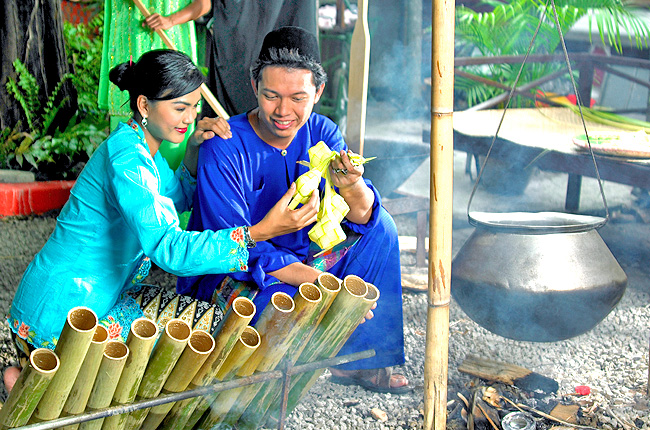


















All these things are fine but where is meritocracy and equality…both Indian and Chinese children have to deal with it.